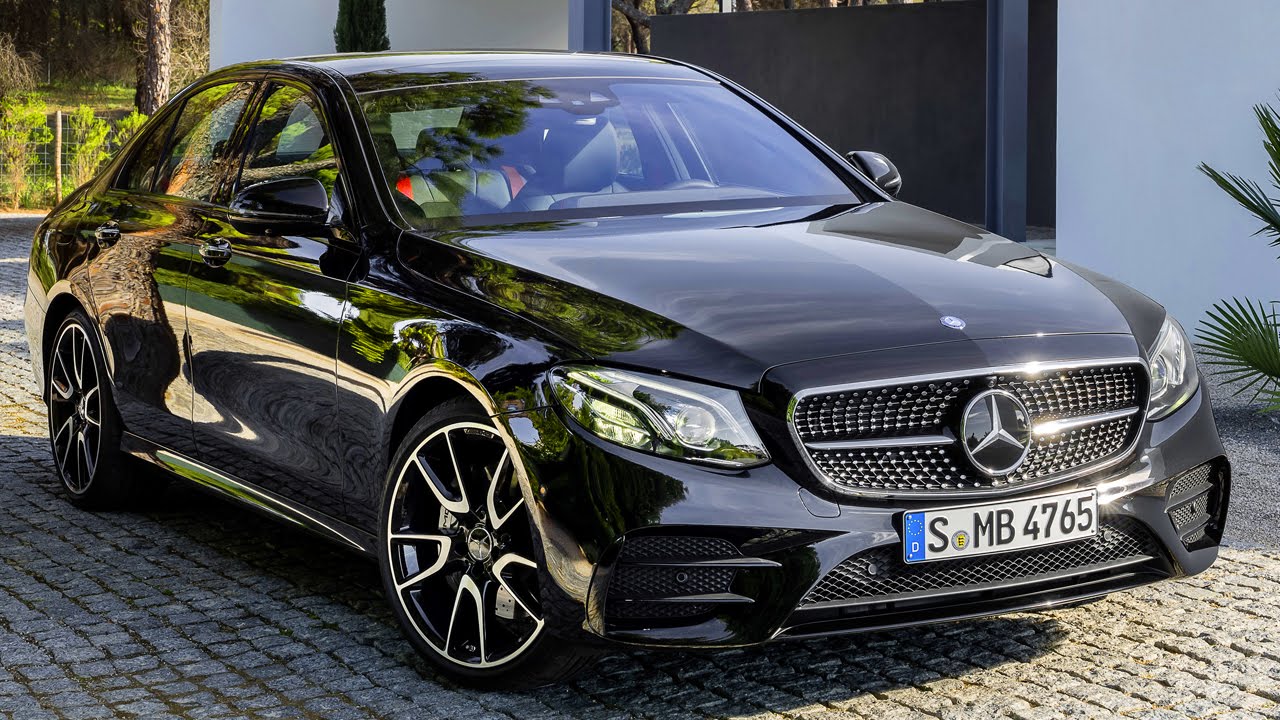When buying a car, most people think about gas mileage, engine power, or how the car looks. But one important thing that often gets ignored is rust protection. Rust may not show up early, but over time, it can cause serious damage.
Rust can slowly eat through metal parts, making your car weaker and less safe to drive. It often starts in places you can’t see, like under the car or around the wheels. Once it spreads, fixing it can be expensive and difficult.
In areas where it snows a lot, roads are treated with salt to prevent ice. That salt sticks to your car’s underside and can lead to rust if the vehicle doesn’t have good protection. Humid and coastal areas also make cars rust faster.
Some cars are made with rust prevention in mind. They may use special metals, protective coatings, or better drainage systems that keep water from sitting in one place. These features help the car stay strong and rust-free for many years.
On the other hand, some cars are known to rust quickly. This may be because of poor design, cheap materials, or lack of factory rustproofing. Even if they run well, these cars can become unsafe if rust takes over their frame or parts.
5 Cars With Outstanding Rust Protection
Rust doesn’t just affect how a car looks. It can harm the brakes, fuel lines, and the overall body. That’s why it’s important to know which cars handle rust well and which ones don’t, especially if you plan to keep your car for years.
1) Audi A4
The Audi A4 is known for being strong against rust, even in areas with cold winters or salty roads. This is thanks to how it’s built and the materials it uses from the factory.
Audi uses galvanized steel for the body panels, which means the metal is coated with zinc. Zinc helps protect the car from rust by stopping moisture from damaging the metal underneath.
The A4 also comes with advanced paint layers that add even more protection. These layers act like a shield, keeping water and salt from sticking to the surface and causing rust over time.
Underneath the car, Audi adds a special sealing treatment that keeps moisture from collecting in hidden spots. This underbody protection is important because rust often starts where water sits for too long.
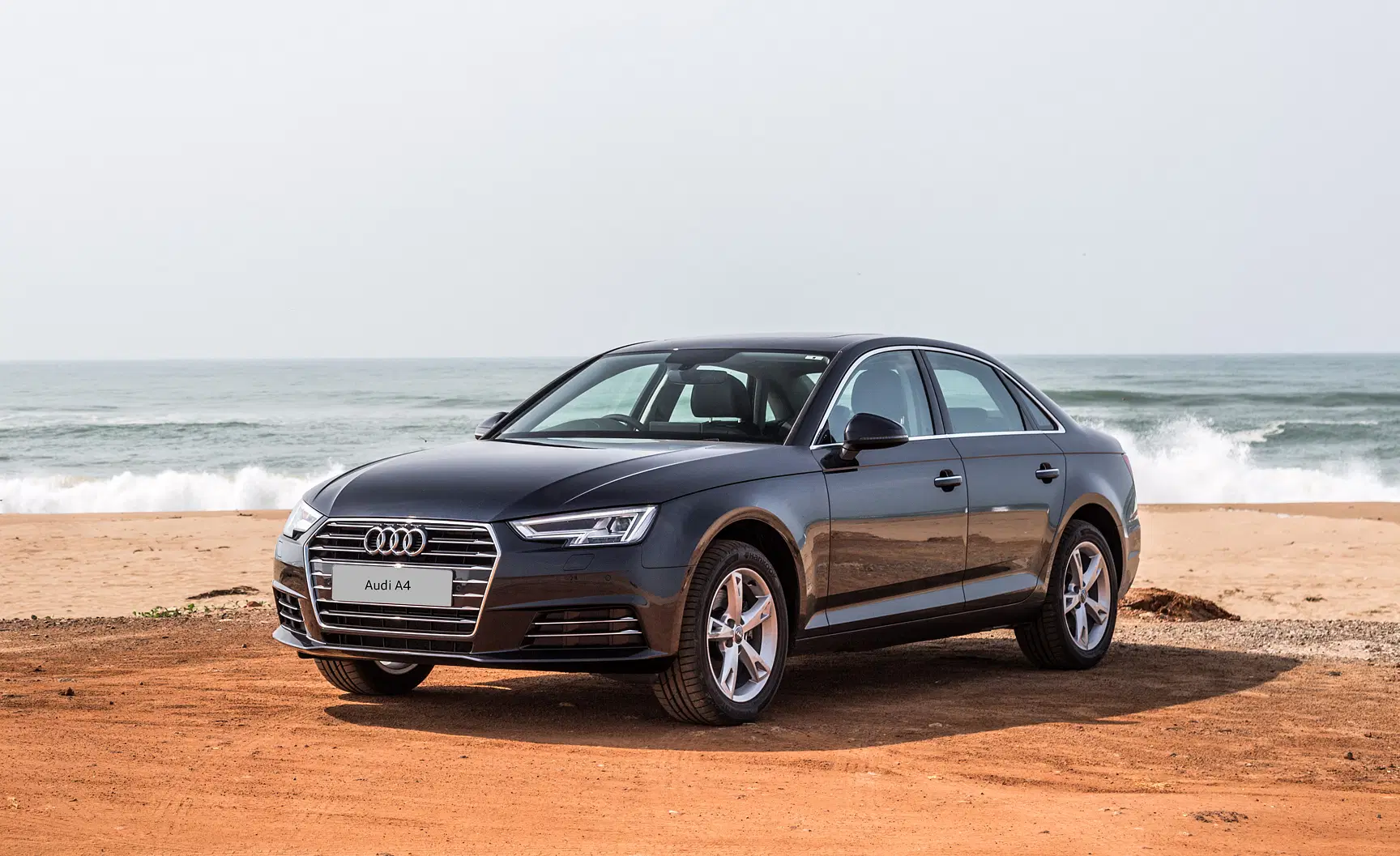
The A4’s design includes clever drainage features that allow rainwater or melted snow to flow out instead of getting trapped. When water drains properly, there’s less chance for rust to develop in tight corners or around seams.
Audi’s attention to detail in how panels fit together also helps. Tight panel gaps mean there are fewer openings where moisture can sneak in and begin to corrode metal parts.
The A4 has proven its durability in countries with rough winters like Canada, Germany, and northern U.S. states. Owners in those areas report fewer rust issues compared to many other cars in the same class.
In addition to rust protection, the Audi A4 has a strong build overall. It uses quality materials and solid engineering, which means it’s made to last both inside and out.
Regular cleaning and maintenance can help the car stay rust-free even longer. Washing off road salt in winter and keeping an eye on drainage points adds to the car’s long-term strength.
If you want a car that keeps looking good and stays strong under the surface, the Audi A4 is a solid choice. It blends smart design and quality materials to fight rust better than many rivals.
Also read: 5 Affordable Cars That Turn Heads and 5 That Look Bland
2) Tesla Model 3
The Tesla Model 3 is made with rust resistance in mind. It uses strong materials and a clever design that helps prevent rust from forming over time.
One of the key materials in the Model 3 is aluminum, which does not rust like regular steel. Along with aluminum, the car also uses high-strength steel that adds durability and support.
This mix of metals gives the car a lightweight body while still being strong. It also means fewer areas where rust can take hold, especially in places that stay wet or dirty.
Tesla adds special paint layers and sealing during the production process. These coatings protect the car’s body from moisture, salt, and road debris that can cause rust in other vehicles.
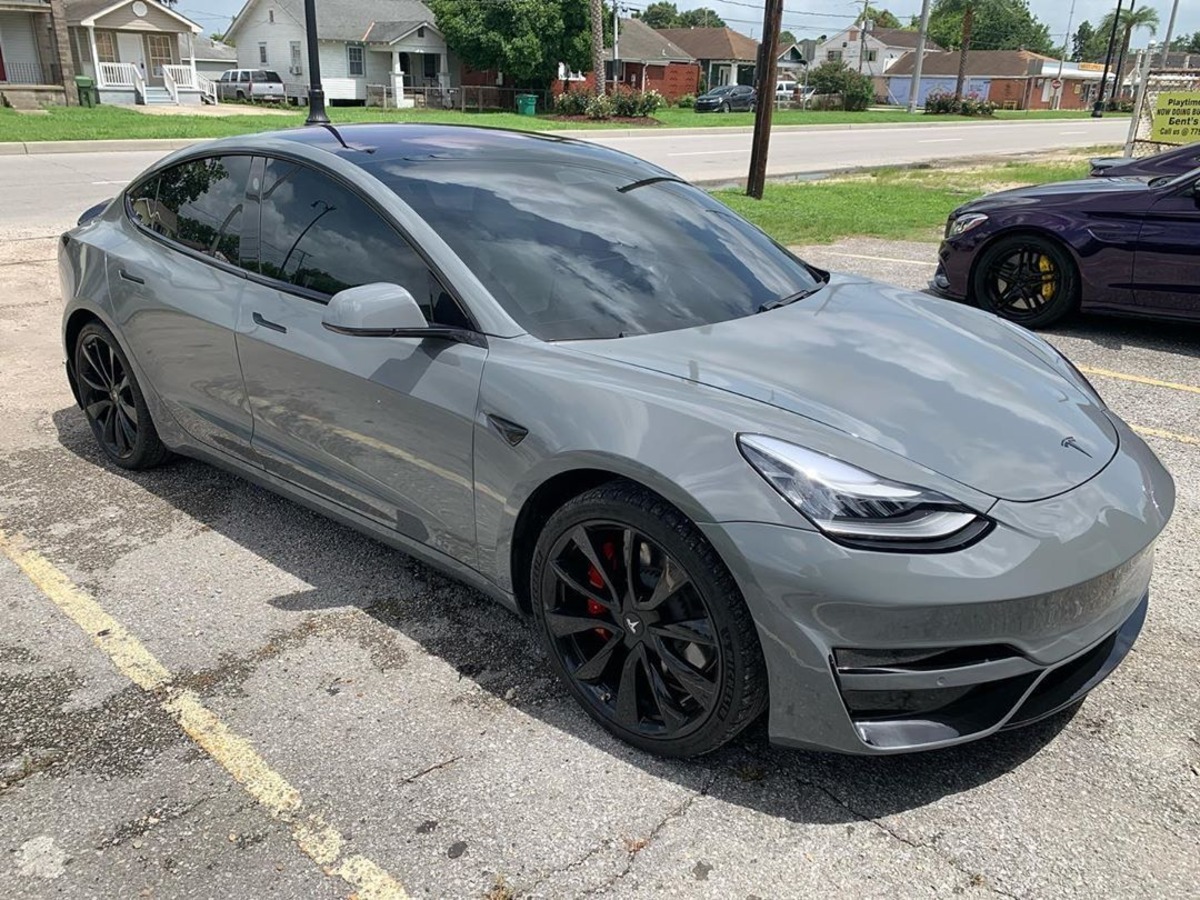
The underbody of the Model 3 is designed to be flat and smooth. This feature reduces the number of places where water or salt can collect and start corrosion.
A flat bottom also makes cleaning the undercarriage easier, especially during winter when road salt is a big problem. Less buildup means less chance of rust forming in hidden spots.
Tesla’s body panels are carefully fitted to reduce gaps where water could sneak in. Tight seams and smooth edges help prevent moisture from reaching the car’s metal structure.
The electric powertrain also plays a part in rust prevention. Since there’s no traditional exhaust system underneath, there’s less heat and moisture to trap and corrode metal parts.
Owners in cold and snowy areas report fewer rust problems with the Model 3. This shows how the car’s thoughtful design holds up well in tough weather conditions.
Routine cleaning still helps the car last longer, especially under the wheel wells. With a little care, the Tesla Model 3 can stay looking sharp and rust-free for many years.
If you’re searching for a rust-resistant EV, the Tesla Model 3 stands out. Its modern build, smart materials, and clean design make it one of the top choices for lasting protection.
3) Volvo XC90
The Volvo XC90 is made to handle tough weather and rough roads. Built in Sweden, it’s designed to fight rust from snow, rain, and road salt.
Volvo uses rust-resistant materials in the XC90’s body and undercarriage. These strong metals help the SUV stay in good shape even after many years in wet or snowy areas.
The underbody is coated with a special protective layer that keeps salt and moisture away. This coating acts like a shield and helps stop rust from eating into the frame.
The XC90 also has wheel well liners that block dirt, mud, and salt from building up. These liners are important because wheels throw up a lot of grime that can cause rust in hidden spots.
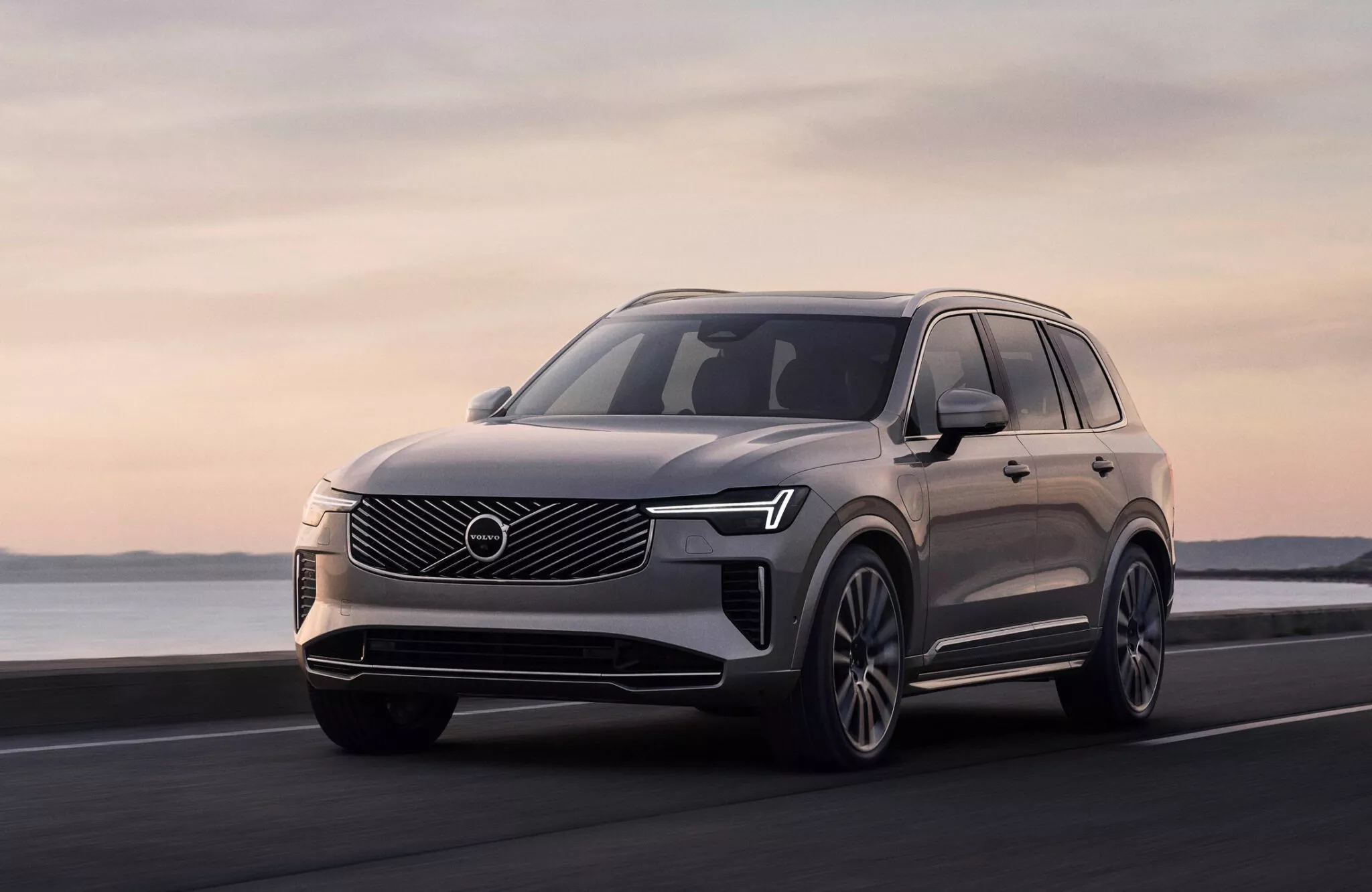
Good water drainage is another smart feature of this SUV. Water doesn’t stay trapped inside the body panels or floor, which is one of the main causes of rust in vehicles.
All these features help the XC90 perform better than many other SUVs in cold, wet climates. It’s a favorite in places like Canada, northern Europe, and U.S. snowbelt states.
Volvo also fits its vehicles together with care. Tight panel gaps and clean lines keep moisture out of the body, giving rust fewer chances to form.
Owners report that even after years of use in winter, the XC90 still looks clean underneath. That shows how well the rust protection holds up over time.
In addition to protection, the car is easy to maintain. Washing off road salt and checking the underbody now and then can make it last even longer.
If you’re planning to drive through lots of snow or near the ocean, the Volvo XC90 is a smart pick. It combines safety, comfort, and strong rust resistance in one reliable SUV.
4) Toyota Prius
The Toyota Prius is not just good on fuel—it’s also strong against rust. Toyota builds it with care, using smart materials and rust-blocking design features.
One reason the Prius fights rust so well is Toyota’s strict quality control. Each vehicle gets checked closely to make sure the body and seals are ready to handle harsh weather.
The car uses rust-resistant coatings on its metal parts, which helps protect it from road salt and moisture. These coatings are applied evenly during the factory process, so every corner of the body is covered.
In snowy or rainy places, cars often face rust because water gets into the body. The Prius solves this problem with tight panel gaps that stop water from sneaking into hidden spaces.
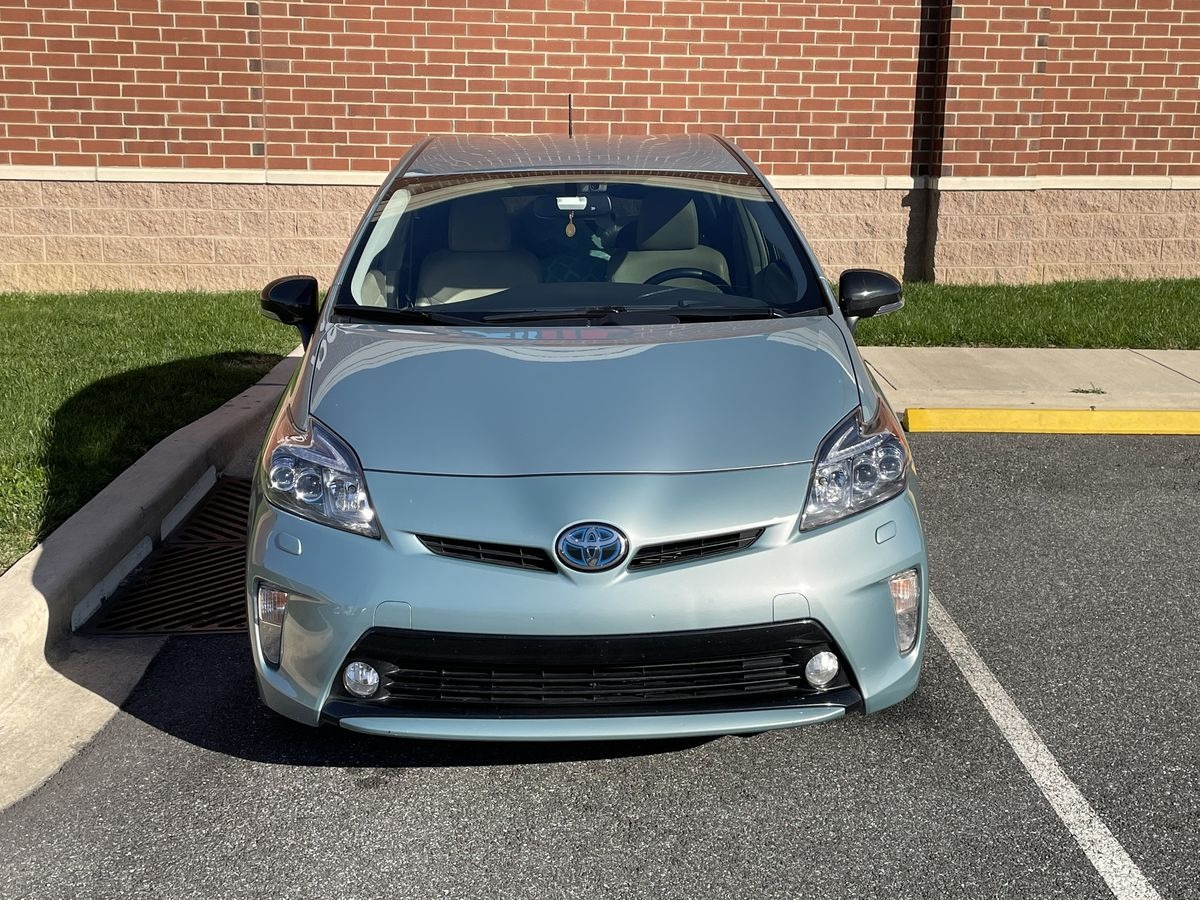
Well-designed body seals keep out rain and slush, especially around the doors, windows, and trunk. This is important because trapped water can start rusting areas that are hard to reach.
The underbody of the Prius is also treated to keep moisture from sticking to it. This helps a lot in winter when road salt is known to cause rust underneath most cars.
Owners in cold-weather regions like Michigan and Minnesota say their Prius stays in good shape even after years of driving. That shows the car’s long-term durability in rough conditions.
Toyota has earned a reputation for making reliable, long-lasting vehicles. The Prius continues that tradition with a body that holds up well and stays clean underneath.
Even though it’s a hybrid, the Prius doesn’t have extra rust issues from its electric parts. The battery and wiring are well sealed and don’t add to corrosion risks.
With regular cleaning and some basic care, the Prius can stay rust-free for a long time. It’s a smart pick if you want a fuel-saving car that also handles weather challenges.
5) Mercedes-Benz E-Class (W213)
The Mercedes-Benz E-Class W213 is not just a luxury car—it’s also built to resist rust for many years. This model blends style with smart protection under the surface.
Mercedes uses galvanized panels in the E-Class, which means the steel is coated with zinc. This zinc layer protects the metal from rust, even when exposed to rain or salty roads.
The brand goes beyond the normal standards in rust prevention. Anti-corrosion treatments are applied carefully during production to make sure every part is covered.
Another smart feature is the cavity sealing. Mercedes seals hidden spaces inside the car’s structure where water and moisture could collect over time.
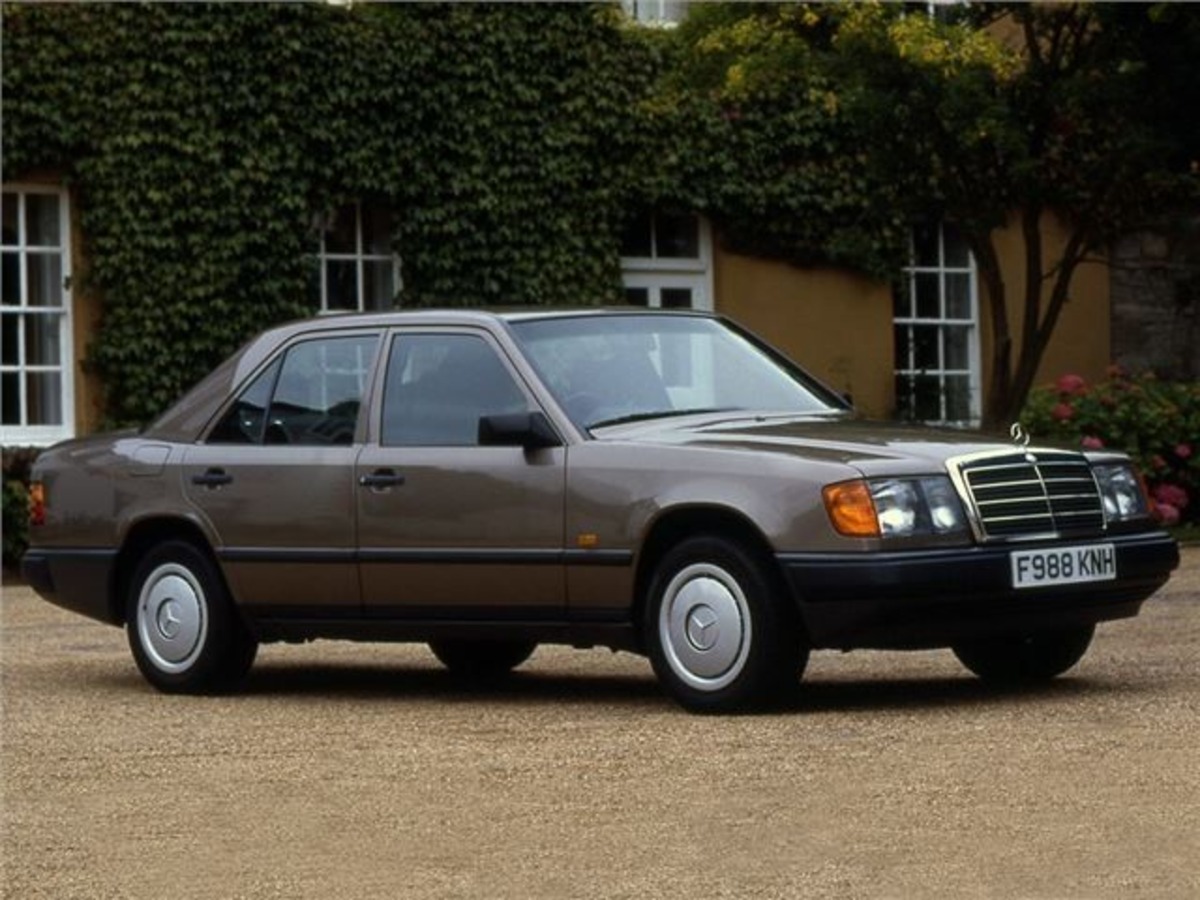
Cavity sealing helps stop rust from starting in places you can’t see, like inside doors or pillars. These areas are often missed in lower-quality cars but not in the E-Class.
The underbody also gets special attention from Mercedes engineers. A protective coating is applied underneath to block out moisture, dirt, and salt from sticking to the frame.
This coating lasts for years and makes it harder for rust to take hold. It’s especially helpful for drivers in areas with snowy winters or coastal air.
Panel fit and finish also play a role in rust protection. The E-Class has very tight gaps between body parts, which keeps water out and improves the car’s overall resistance.
Mercedes owners often praise how well the car holds up, even after many winters. This reputation comes from years of careful design and testing in different climates.
With regular cleaning and seasonal checkups, the W213 can stay rust-free for a very long time. It combines German quality with smart rust-blocking features built for long-term driving.
If you want a luxury sedan that won’t fall apart underneath, the E-Class W213 is a strong pick. It proves that high-end design can also mean high-level durability.
Also read: 5 Cars With User-Friendly Tech and 5 That Are Overcomplicated
5 Cars That Rot Fast
Some cars are built to last—but others? Not so much. Whether it’s poor rust protection, bad materials, or just a history of neglect, certain models have earned a reputation for falling apart faster than they should.
If you’re shopping used or just curious about which vehicles age like milk in the sun, this list is your warning label. Here are five cars that are notorious for rusting out and breaking down before their time.
1) Mazda3 (Pre-2010)
The Mazda3 made before 2010 was known for being fun to drive and affordable. However, these older models had one big problem—rust showed up much too early.
One of the worst rust spots was around the rear wheel wells. These areas would start to bubble and flake, often after just a few winters in cold or wet climates.
Another problem was rust on the undercarriage, which includes the frame and suspension parts. Without strong protection, moisture and road salt would stick there and eat away at the metal.
The reason rust showed up so fast was weak factory rustproofing. Mazda didn’t apply strong enough coatings or protective sealants in the areas that needed them most.
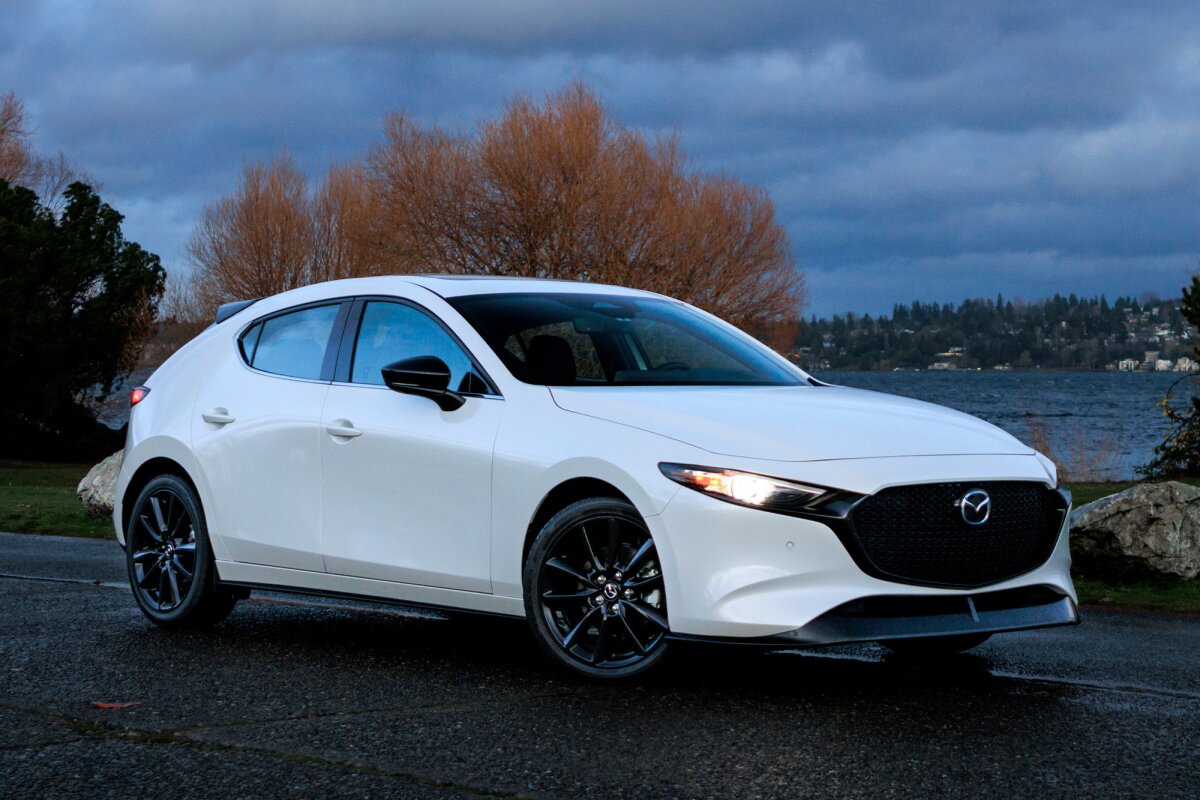
Another issue was poor drainage in key parts of the car’s body. Water would collect in small spaces and couldn’t drain out properly, leading to early corrosion.
People who lived near the coast or in snowy areas had it even worse. Road salt and salty air sped up the rusting process, making the car age faster underneath.
Some owners tried to fight rust by adding their own undercoating or washing the car often. Even with extra care, many still saw rust form within a few years of ownership.
The body panels were also thin in some spots, which made the damage spread more quickly once rust started. Small paint chips or scratches would expose the metal underneath and let rust take hold.
Mazda did improve its rust protection in later models, but the early Mazda3s still have a bad reputation. Even used car buyers are warned to check under the vehicle and near the wheel arches before buying.
If you’re shopping for an older compact car, this one might look good on the outside but hide problems underneath. While fun to drive, the pre-2010 Mazda3 is one of the worst offenders when it comes to rust.
2) Ford Escape (Early 2000s)
The early 2000s Ford Escape was a popular choice for drivers wanting a small, affordable SUV. It handled well and was roomy inside, but rust became a major issue over time.
One of the most common rust problems occurred in the rear subframe. This part supports the back suspension, and when it rusts, it can affect safety and performance.
Another weak spot was the rocker panels beneath the doors. These areas would rust from the inside out, often going unnoticed until the damage was already severe.
The Escape didn’t come with strong rustproofing from the factory. Protective coatings under the vehicle were either thin or missing in key places.
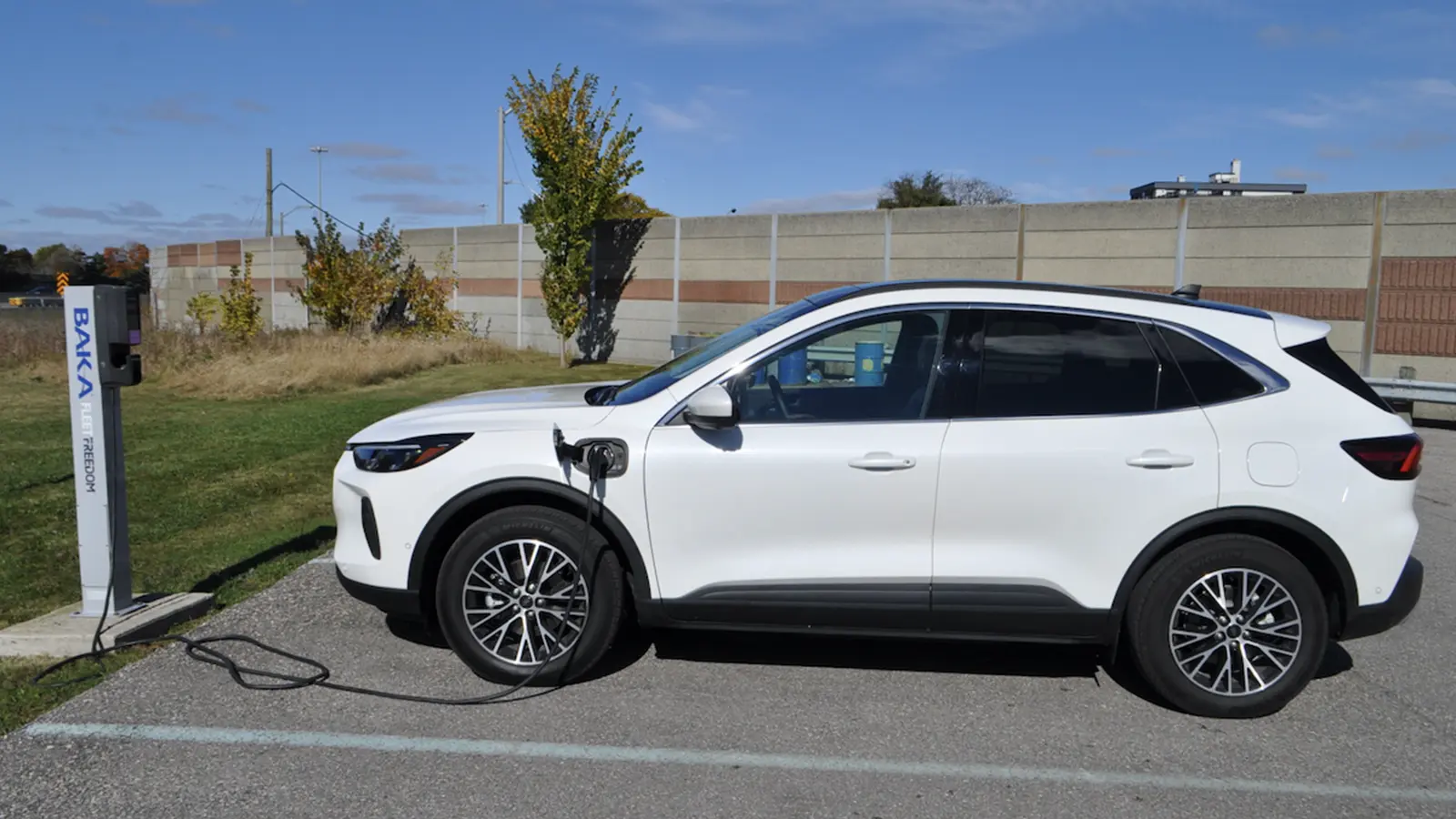
That meant road salt and moisture could stick to the undercarriage and stay there. In colder areas, the rust showed up faster and spread more quickly with every winter.
Once rust got inside the seams or joints, it was hard to stop. Moisture would stay trapped in tight spaces, especially if dirt or leaves built up in the body crevices.
Owners in snowy states like Michigan, New York, or Pennsylvania reported major rust problems. Even with regular washes, the Escape still struggled to fight off corrosion.
Some drivers had to replace major parts of the frame or retire the vehicle early. Repairs were costly and not always worth it compared to the car’s value.
Ford later issued recalls for rust-related problems in certain models. However, the damage in many vehicles had already gone too far.
Even used car buyers are warned to check the underside of these Escapes very carefully. While it may run fine, the rust underneath could be a hidden danger.
If you’re thinking about getting an older Escape, make sure to inspect the frame and rocker panels closely. This small SUV had big rust issues that showed up far too soon.
3) Chevrolet TrailBlazer (2002–2009)
The Chevrolet TrailBlazer was designed to be a tough and capable SUV for families and outdoor use. While it performed well on the road, rust often became its biggest weakness over time.
One major issue was rust forming on the frame underneath the vehicle. The steel used in the frame wasn’t protected well enough, allowing it to corrode faster than expected.
Another common complaint was about the brake lines rusting out. These lines are very important for stopping the vehicle safely, so corrosion in this area posed a serious safety risk.
In many cases, the brake lines would weaken and start leaking fluid. This caused braking problems and led to expensive repairs or early retirement of the vehicle.
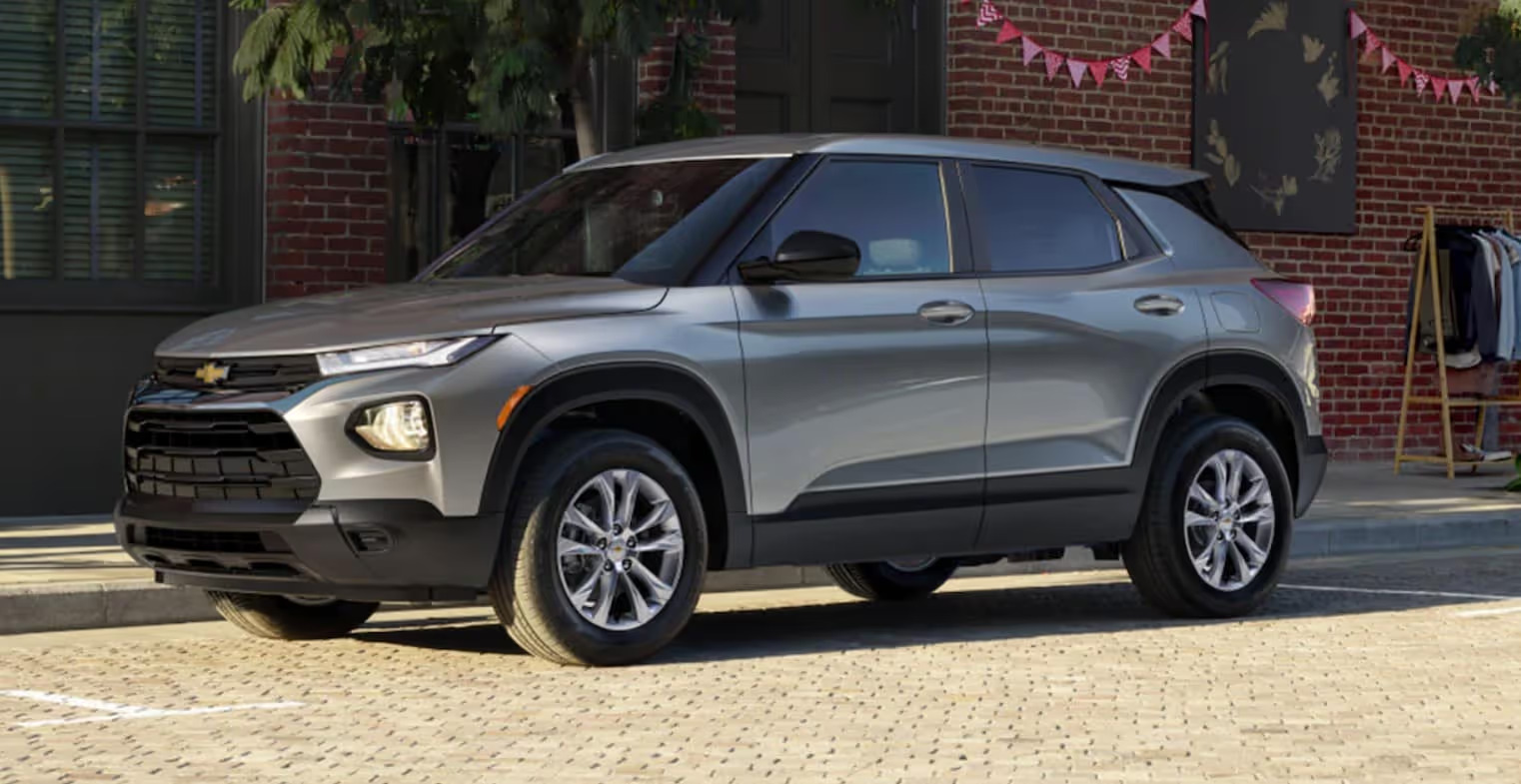
The TrailBlazer didn’t come with strong undercoating to protect from salt or moisture. This made it easy for rust to take hold on exposed metal parts during winter.
Drivers in snowy or coastal areas had it the worst. The road salt in winter and the salty air near oceans sped up the rust process even more.
The rust problems weren’t just about looks—they affected how the SUV drove and how long it lasted. The corroded frame and brake system made it dangerous if left unchecked.
Owners who didn’t regularly wash the underside after snowy drives saw rust appear even sooner. Moisture would collect and sit on the metal, especially in hidden areas that were hard to reach.
Some mechanics refused to work on heavily rusted TrailBlazers because fixing them was risky and time-consuming. In many cases, the cost of repairing the rust damage was more than the vehicle was worth.
Though it was a solid SUV in terms of power and comfort, the TrailBlazer’s poor rust protection hurt its long-term value. Buyers today are advised to inspect the frame and brake lines before buying a used one.
If you’re looking at an older TrailBlazer, be cautious. Its strong engine might still run well, but the rust underneath could mean trouble is just around the corner.
4) Nissan Altima (2002–2006)
The early 2000s Nissan Altima offered a smooth drive and good fuel economy for a mid-size car. But while it looked great on the outside, rust became a serious problem underneath.
One of the most troubling rust areas was the strut towers in the engine bay. These are critical parts that hold the suspension system in place, and when they rust, it can affect the entire car’s stability.
In some cases, rust around the strut towers would become so bad that mechanics would call the car unsafe. The damage could even lead to steering issues or a complete failure of suspension parts.
Another weak point was the floor pans underneath the seats. These panels are part of the car’s structure and can become dangerously thin when rust eats away at them.
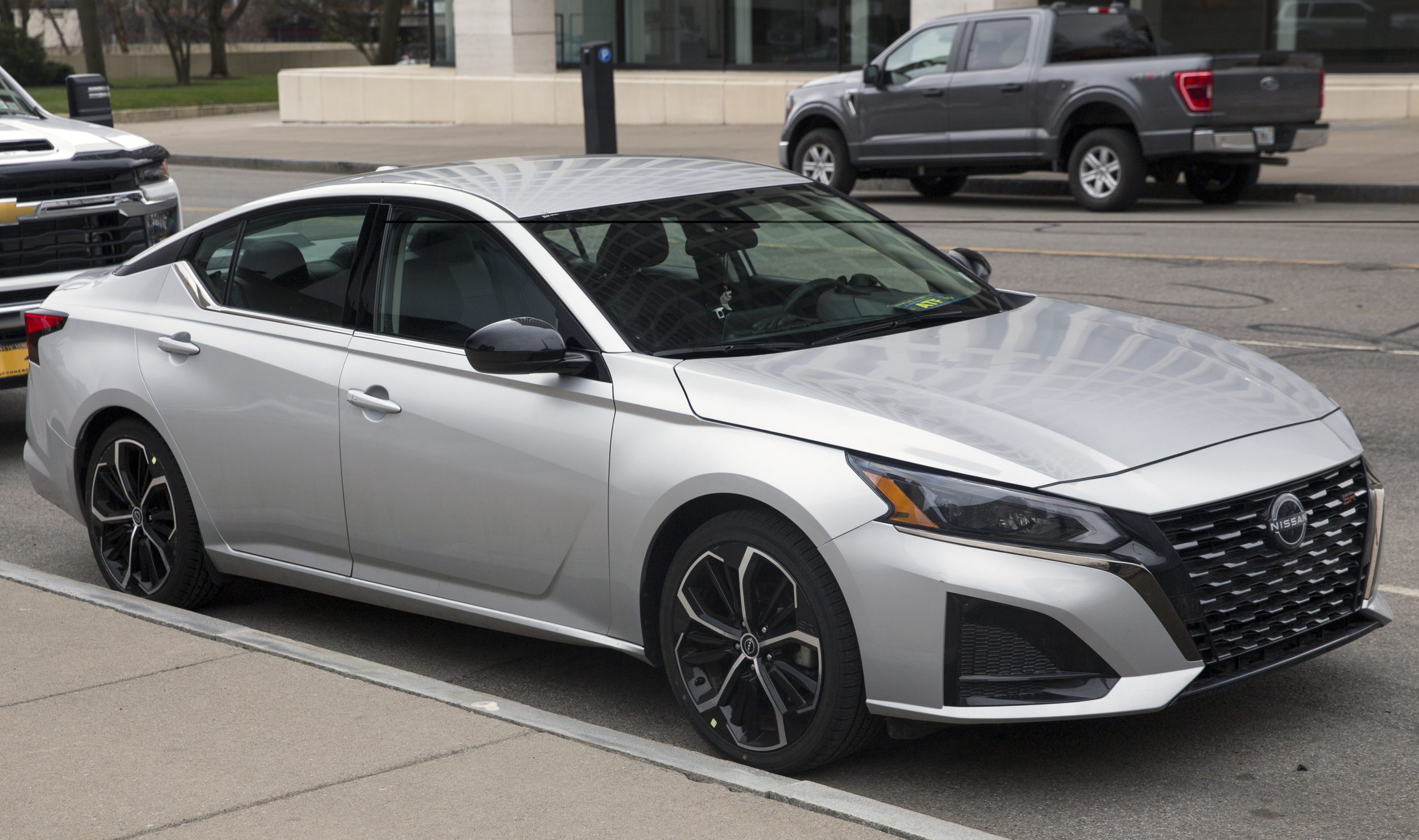
Moisture from wet shoes or leaking weather seals would collect on the floor. Over time, this caused the metal under the carpet to rot from the inside out.
The factory paint job on these Altimas didn’t help much either. Nissan used a thinner paint layer, which didn’t offer strong protection against chips, scratches, or salty winter grime.
Poor sealing also allowed water to creep into areas that should’ve stayed dry. Without proper protection, even small rust spots quickly grew into larger issues.
Drivers in snowy or coastal areas reported rust much earlier than expected. Places that used road salt made the situation even worse, as salt clings to metal and speeds up corrosion.
Some owners noticed rust just a few years after buying their car. Even routine washing and maintenance didn’t always stop the damage from spreading.
The Altima’s engine and ride comfort might hold up well, but its body didn’t. Many were forced to sell or scrap their cars due to frame and structural rust.
If you’re considering an older Altima from this time period, it’s important to check the underbody and suspension mounts. While it might still drive fine, hidden rust could turn it into a costly mistake.
Also read: 5 Cars With Minimal Cabin Vibration and 5 That Shake on Idle
5) Honda Civic (2001–2005)
The Honda Civic from 2001 to 2005 is known for its strong and reliable engine. However, despite its engine’s longevity, the body of these Civics often developed rust earlier than expected.
One of the most common areas affected by rust was around the rear quarter panels. This part of the car sits near the back wheels, where moisture tends to collect and is often not noticed until it’s too late.
The wheel arches, which protect the tires, were also prone to corrosion. Salt from the roads in winter, or even regular rain, would sit in these areas and cause rust to form faster than it should.
The design of the Civic allowed moisture to settle in hidden cavities. This trapped water couldn’t escape, which meant it stayed there for long periods, promoting rust growth.
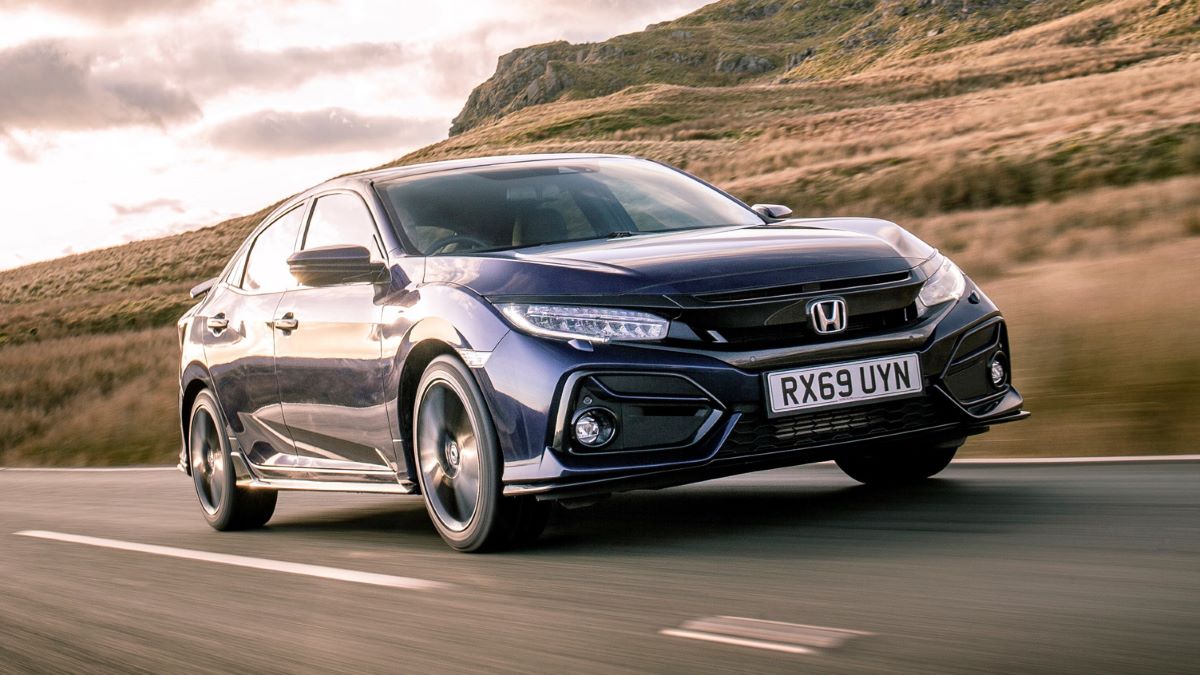
Even though the Civic had a reliable engine, its rustproofing was limited. The factory’s rust prevention didn’t do enough to protect the body in the long term, especially in areas with harsh weather conditions.
As the years went on, owners of these Civics often saw the rust spread. It could become a bigger problem if not addressed early, eventually leading to expensive repairs.
The corrosion around the rear quarter panels and wheel arches could affect the car’s structural integrity. Once rust takes hold in these areas, it weakens the vehicle’s body, which can be dangerous over time.
Those who lived in regions where road salt was frequently used saw the rust develop much faster. Even regular car washes or undercarriage cleaning couldn’t always stop the rust from spreading.
Despite the Honda Civic’s strong engine, this model became infamous for its rust problems. Many owners ended up having to deal with costly repairs or even trade in their cars earlier than they had planned.
If you’re thinking about purchasing an older Honda Civic from this generation, make sure to thoroughly check for rust. While it’s a dependable car under the hood, the body may have issues you’ll need to address.

